A Subject Specialist Network workshop on research techniques was held at the National Gallery on 29 June 2016.
One aim of this workshop was to present the opportunity for group discussion around the various research tools and methodologies used by staff working in museums and galleries around the UK.
More specifically, the intention was to provide an introduction to useful resources and approaches to research for those at the start of their career, while also recommending new forms of research to more established researchers who wished to expand their knowledge of electronic and online resources.
A third aim was to introduce members of the network to the research projects and approaches undertaken by staff at the National Gallery, and to familiarise them with the resources available at the gallery, particularly within the Research Centre and Archive.
This post will provide an overview of the themes and discussions covered in the workshop.
The resources and techniques discussed at the workshop have been compiled into a reference post which can be found in our resources section here, and which we hope will be useful to network members in their own research.
I would very much welcome further suggestions for websites, libraries, and resources which I can add to this post – please email ssn@ng-london.org.uk with your approaches and suggestions.
The study day began with an introduction from Alan Crookham, Research Centre Manager at the National Gallery, who reviewed some of the electronic resources available at the gallery, which may be useful to staff working in other institutions. (A list of the recommended resources is available on our resources page here.)
Alan also discussed the National Gallery’s project to make its resources available electronically, as part of the Gallery’s ongoing commitment to provide access to its collections, including digitising its slide library, and cataloguing its collection of rare books. Alan gave details about the online catalogue of the National Gallery Archive, which contains records of the Gallery's activities from its foundation in 1824 to the present day.
Other projects include the digitisation of eleven stock books from the archive of Thos. Agnew and Sons. Dating from 1853 until the beginning of the First World War, the stock books provide information about the paintings, prices and clients that Agnew’s dealt with.
Caroline Campbell, the Jacob Rothschild Head of the Curatorial Department and Susanna Avery-Quash, Senior Research Curator (History of Collecting), from the National Gallery, then gave an introduction to provenance research and approaches to ‘immunity from seizure’ projects, with reference to case studies from the National Gallery.
Caroline and Susanna discussed the reasons for doing provenance research, why it is important, and some of the problems that can face researchers. Susanna talked through a series of guidelines that may assist researchers who are working on provenance research: analysing the object itself, using catalogues raisonnés, and art sales information online (this provenance research toolkit can be found here).
Caroline explained the part that provenance research plays in National Gallery policy, including its acquisitions, immunity from seizure, and loans policies. All these policies are held on the National Gallery website, here.
Delegates then heard from researcher Marion Richards, who spent 7 months researching the paintings collection at Manchester Art Gallery, as part of the National Inventory Research Project (NIRP). Marion discussed some useful approaches to a time-restricted research project, and the importance of looking through paper documentation stored within gallery and museum archives. This approach enabled the reattribution of a painting previously thought to be by Allan Ramsay, to Jacques-André-Joseph Aved, the only painting attributed to Aved, in the British public collection.
After lunch, the group was given a tour of the National Gallery Library and Archive, followed by a handling session of archival material relating to the early history of the National Gallery and its first director, Sir Charles Lock Eastlake. The group viewed minutes books from some of the early Trustee meetings, a list of rules and regulations from the first opening of the gallery, and Eastlake’s passport and travel notebooks. Susanna Avery-Quash discussed Eastlake’s groundbreaking approaches to lighting, framing, labels, cataloguing, and the arrangement of paintings in historical sequence, which still influences the display of pictures in the permanent galleries of the National Gallery today.
The full catalogue of the National Gallery's Eastlake Library has now been published online by Fondazione Memofonte, in collaboration with the National Gallery. A link to the online catalogue, as well as further information about Eastlake and the history of the National Gallery, can be found here.
The study day concluded with an in-depth discussion session around approaches to research, funding for research, research collaborations between universities and art galleries, and working with volunteers on research projects. Delegates emphasised the importance of being able to consult a wide range of colleagues on their approaches to research, how to deal with problems that may arise, and working together to share ideas and expertise.
Further information:
The National Gallery Research Centre is open to visiting academics and post-graduate students from Tuesday to Friday, 10am-5pm. The National Gallery's public records are available within the Centre to all members of the public. Information about contacting the Research Centre to make an appointment to consult library material can be found here.
The Subject Specialist Network: European Paintings pre-1900 offers a research bursary to enable a museum or gallery professional to work for a sustained period on a particular piece of research into some aspect of pre-1900 continental European paintings in their organisation’s collection. Visit this page for further details.







